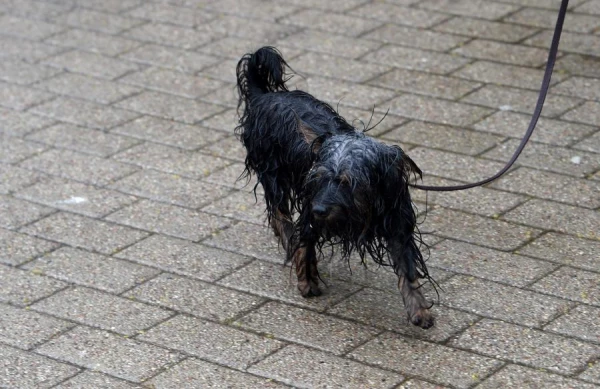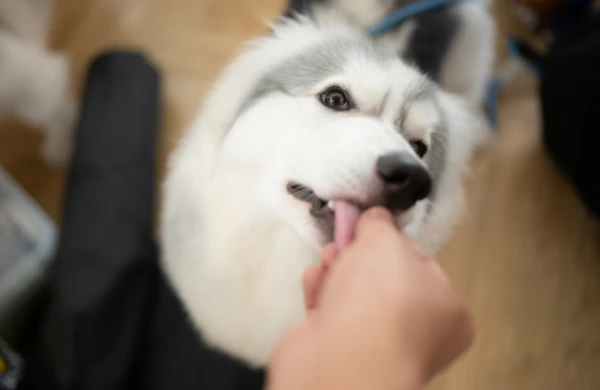
Research shows that dogs learn words just like children do. A dog's brain does not distinguish similar words, such as 'sit' and 'judge', just as an infant's brain does not pay attention to subtle differences in words until about 14 months, when it begins to register every sound distinction in speech and can differentiate even very similar words. Dogs, in turn, are capable of distinguishing individual sounds, but their cognitive abilities do not allow them to focus on all sounds in a word.
Learning words individually is one thing, but distinguishing them in the flow of speech is quite another. Words are specific combinations of sounds that occur more frequently in certain contexts. Although there are many words, there is a rule for speech sounds that certain combinations will be heard much more often. This is how our brain learns to distinguish words: it assesses the frequency of sound combinations, learns to isolate syllables and their combinations, which allows it to differentiate words from one another; this process begins as early as eight months.
As one might assume, the canine brain uses a similar method to distinguish words. Researchers from the University of Budapest, who have long studied the cognitive abilities of dogs and whom we have previously written about, analyzed the brain activity of dogs when various words were spoken to them. According to the electroencephalogram data, it was evident that dogs' brains reacted differently to words they heard more frequently compared to those they heard less often. Interestingly, the brain also demonstrated differences in response to speech sounds that often occur in pairs, compared to those that are less common — all words were selected to sound with the same frequency. This indicates that the canine brain registers both the frequency of words and the frequency of syllables.
Using magnetic resonance imaging, it was found that two areas of the brain are involved in the process of distinguishing words. The first is the basal ganglia, and the second is the auditory cortex of the hemispheres. The basal ganglia were more strongly activated when dogs encountered an indistinct speech stream in which no words were discernible; conversely, the auditory cortex showed greater activity when the speech contained specific words.
Thus, the mechanism of the canine brain in distinguishing words is similar to that of the human brain. This raises the question: should we consider this ability of dogs as solely their trait inherited from wild ancestors, or have they learned to distinguish words over thousands of years of living alongside humans? In any case, the neural mechanisms responsible for distinguishing words are not a unique feature of humans, and one might contemplate breeding new dog breeds in which this mechanism would function even more effectively.















Leave a comment